
Race Face Atlas
The Atlas collection of components are classics in my book. They came at a time when people wanted blast proof components but the days of overbuilt was over. Atlas came along right when freeride was at it’s most radical but also when freeride was starting to morph into something a little bit more refined than one hitters. People were wanting components that were more reliable than health insurance.
The Atlas range suited such a huge range of riders that they were everywhere and anywhere. From downhill to all-mountain and every micro niche in-between, you would find Atlas components getting at it. The Atlas components were as hardworking and hardwearing as an anvil. But there was something else that took them beyond just solid and dependable: They came in all the colours under the sun so you could make your bike way prettier.
They were instantly identifiable and the branding sold itself. Colour hadn’t had this much real estate since the nineties where every bolt and pin was colour coordinated. Now riders could add a little flavour and character to their bike. Gaily coloured cranks were where this was most radical.
If you have had your eyes open then you might have seen the new Race Face adverts featuring Brett Tippie running though the forest with his bare bum on display. The tag line goes that the new Atlas crank is “All nude for 2012”. And this doesn’t just refer to the raw and anodizing-less look of the cranks we have on test.

Ready to be hung on the rig. The updated Race Face Atlas cranks.
Race Face Atlas Cranks
All nude and all new.
Race Face took the venerable Atlas crank and stripped between 31 and 81 grams from them and changed up the interface so now they are much easier to install and remove. They now use the EXI interface rather than the older X-Type spline. The one key hex release puller cap and more elegant spline profile means they should be much easier to fit and remove and no longer a gym work out procedure.
To save some weight the granny spider has changed from aluminum to a composite. It was found that the spider is a non-structural component so it didn’t need to be as strong as it used to be. The crank profile has been smoothed out, partly saving weight but also improving heel clearance and making them less sharp when you strike your ankle on them.
The crank is still made from an American made high-strength aluminum (the cranks, however, are made in Taiwan our mistake – Orange and the Stealth Black versions are made in TW due to the unique finish, all other Atlas crank arms, including the raw finish tested here, are made in Canada -ed.) that Race Face calls OPTIM-AL and which they claim is 20% stronger than 7075 – the material that many cranks are made from. Because of the strength of this alloy, Race Face does not need to put in a pedal insert to keep people from ripping out pedal threads.
Because the weight savings were made by playing with non-structural elements there’s no difference in strength or stiffness between the old Atlas FR arms and this new version. Also, because it came out lighter than expected – and no doubt in part to Race Face’s expanded range of cranks – there is now no longer an All-Mountain and Freeride version of the Atlas cranks, just one crank to cover the gamut.
The Atlas remains a very versatile crank. They can be used as a double ring set-up or with a bashguard or as a single ring. They come in 68, 73, 83 and even 100-millimeter offerings. The weight and strength makes them equally suited to the aggressive little bike or full on downhill and freeride categories. The graphics have been changed but kept subtle; now there is a handy topographical map of the Whistler Bike Park which will come in handy for Whistler virgins and hangover days. The wacky array of colours still remains for custom colour matching your grips to your cranks to your shorts to your hair colour. Or you can just have the stripped down Plain Jane version.
So really not much has changed. They aren’t redefining the Atlas range, just refining it.
Cool look or safety precaution? Topo map of Whistler’s Garbanzo zone.
Refined splines on the Atlas does make it a little easier to install and remove the cranks. I tested this by installing the cranks once then removing them to install a different chainguide.
I’m keen to see how the bottom bracket fares.
The stock Race Face bashguard that our cranks came with pairs perfectly with Straitline Silent Guide.
Race Face Atlas bars – Riser and 1 1/4 Riser
Tough, wide and now in several heights.
Also, brand new same again is the Atlas Riser bars. No changes in the materials, manufacture or sweep this time around, just some graphic and colour tweaks. The Atlas is still a super wide 785-millimeters (that’s 31” for old timers and Americans) of cold drawn, seamless Air Alloy with internal tapering to increase strength and durability without adding weight (340g). The bend and sweep remains the same at 8-degrees rearward and 4-degrees upward.
What is new is the addition of a high rise bar. The Riser 1 1/4” is for riders who want a higher cockpit for steeper, perhaps more technical terrain, or wish to help keep their front end up a little more. We have both the familiar ultra low Atlas (in black) and the newer high rise version (in red). We will be swapping both out over the course of the season, depending on the day of the week, the Phat Wednesday World Championship Of Beer Racing course, and, of course, to try and bring you the most accurate testing we can. We will be using a predetermined Strava course, a wind tunnel, and asking which is cooler in the Whistler Bike Park lift line.
Out of the box the old familiar shape and width of the Atlas remains. It has been several years since I’ve ridden an Atlas bar so getting used to the shape may take some time. I won’t cut them down just yet; I’ll see how I get on and then cut if necessary. I’ve always felt confident with the strength and reliability of Atlas bars so I don’t expect to be making any judgement on that. However, right away I have to mention the finish on the Atlas. I found with previous sets of Atlas bars that the anodizing always scuffed and scratched very easily and, unfortunately, I have to report that has not changed. Before even fitting them I accidentally marked both pairs and even just banging around in my garage they have become more marked. I’d like to see a more hardwearing finish on future Atlas bars as I’m picky with how aged my bikes look. But that is cosmetic, who really cares? Well, when there are bars out there that are tougher wearing then things like finish can make or break a buyers heart.
Atlas bars available in both the familiar 3/4″ rise (bottom) and new 1 1/4″ rise (top).
Race Face Atlas DM stem
Two for the price of one?
The 162g 6061 aluminum Atlas DM stem is simple adjustability. Have it one way and you have a short and stubby 30mm stem, flip it the other way and you have a 50mm stem that lowers your cockpit 15.5mm. The face plate is a solid shield with a four bolt pattern that interlocks into the main body with U-shaped clamps that transfer more load through the stem body and not the bolts.
What more to say? Well fitting it took a while because I didn’t pay attention. I clamped in the bars before applying the stem to the bike but failed to realise that the front two bolts to the fork crown needed threading before the bars are mounted (in the shorter but higher set-up). Once I saw this I noticed that in the 30mm setting the rear of the stem sticks out somewhat, offering up two hungry looking fangs to sink into knees, shins and any other body part that comes into contact. This probably isn’t much of a concern as a mountain bike already has more than enough protrusions and they often don’t cause much bother. However, I just couldn’t leave it looking that way so I flipped the stem and opted for the slightly longer, lower and more aesthetically pleasing side, for now at least.
In the 30mm setting the rear of the stem provides an additional knee cap opening device.
30mm setting again from overhead.
Does the new Atlas gear tickle your fancy?
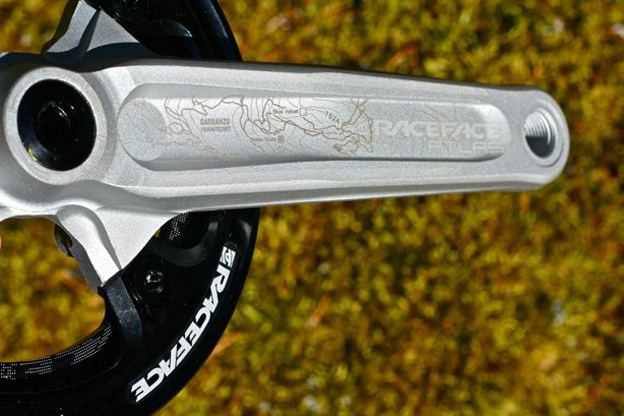
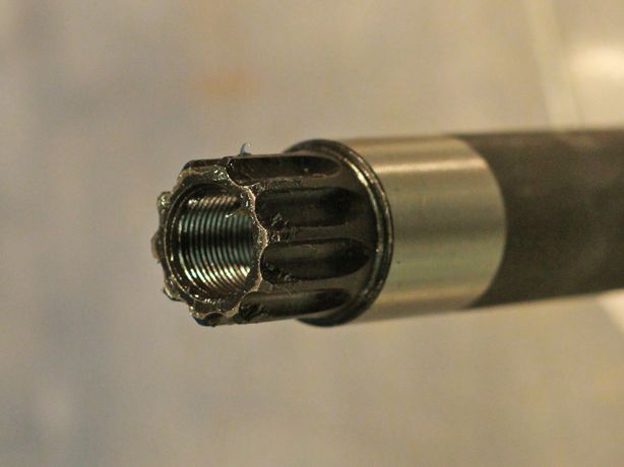
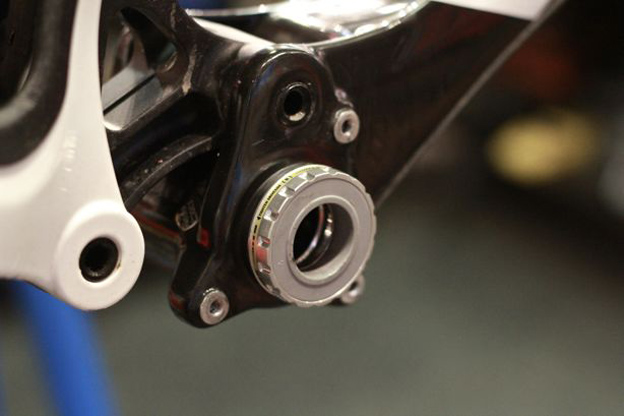
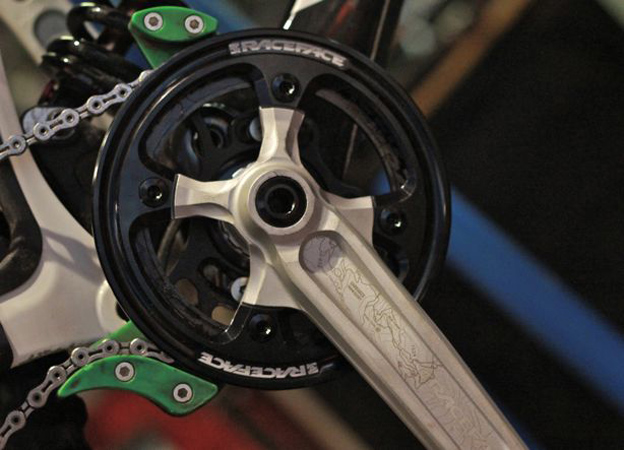
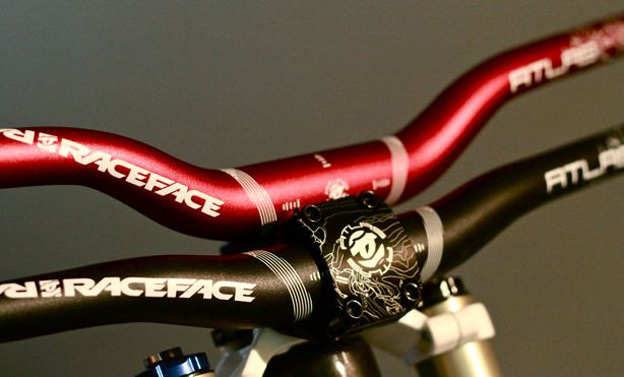
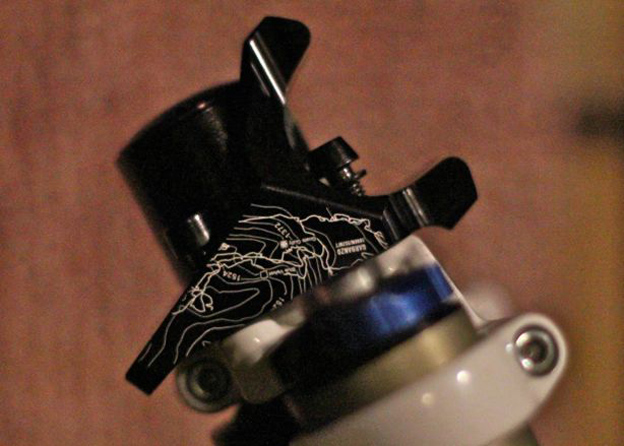
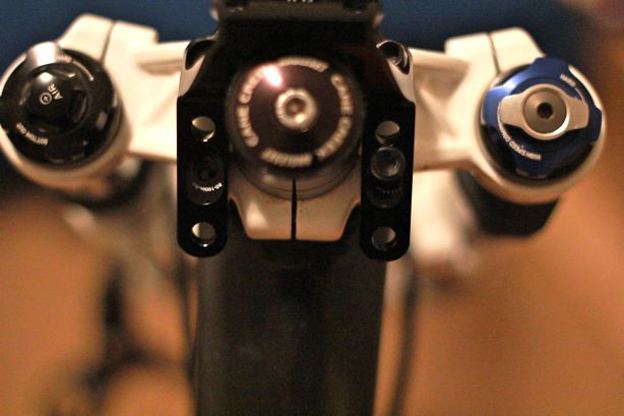







Comments
Please log in to leave a comment.